Search for resonant production of second-generation sleptons with same-sign dimuon events in proton-proton collisions at root s=13 TeV
Author
| Sirunyan A.M. | Yerevan Physics Institute, Armenia |
| Finger Miroslav, prof. Ing. DrSc. | Faculty of Mathematics and Physics, Charles University in Prague |
| Finger Michael, M.Sc. CSc. | Faculty of Mathematics and Physics, Charles University in Prague, JINR Dubna |
| Matveev V.A. | JINR |
| et al. | different institutions |
Year
2019
Scientific journal
EUROPEAN PHYSICAL JOURNAL C 79 (4) 305
Web
Abstract
A search is presented for resonant production of second-generation sleptons ((mu) over tilde (L),(nu) over tilde (mu)) via the R-parityviolating coupling. gimel'(211) to quarks, in events with two samesign muons and at least two jets in the final state. The smuon ( muon sneutrino) is expected to decay into amuon and a neutralino (chargino), which will then decay into a second muon and at least two jets. The analysis is based on the 2016 data set of proton- proton collisions at root s = 13 TeV recorded with the CMS detector at the LHC, corresponding to an integrated luminosity of 35.9 fb(-1). No significant deviation is observed with respect to standard model expectations. Upper limits on cross sections, ranging from 0.24 to 730 fb, are derived in the context of two simplified models representing the dominant signal contributions leading to a same- sign muon pair. The cross section limits are translated into coupling limits for a modified constrained minimal supersymmetric model with. gimel'(211) as the only nonzero R-parity violating coupling. The results significantly extend restrictions of the parameter space compared with previous searches for similar models.
Cite article as:
A. Sirunyan, M. Finger, M. Finger, V. Matveev, . et al., "Search for resonant production of second-generation sleptons with same-sign dimuon events in proton-proton collisions at root s=13 TeV ", EUROPEAN PHYSICAL JOURNAL C 79 (4) 305 (2019)


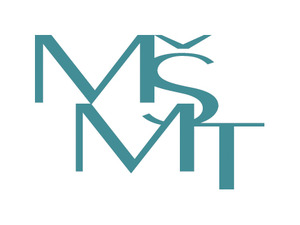 MINISTR ŠKOLSTVÍ KE SPOLUPRÁCI ČR S SÚJV
MINISTR ŠKOLSTVÍ KE SPOLUPRÁCI ČR S SÚJV INTEREST JINR, Wave 6
INTEREST JINR, Wave 6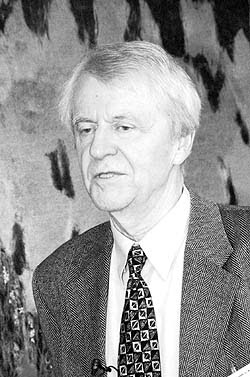 The passing of Ivo Zvára
The passing of Ivo Zvára Call for the projects solved in collaboration with JINR (Projects 3+3)
Call for the projects solved in collaboration with JINR (Projects 3+3)  Call for the Grants of the Plenipotentiary of the Government of the Czech Republic in JINR
Call for the Grants of the Plenipotentiary of the Government of the Czech Republic in JINR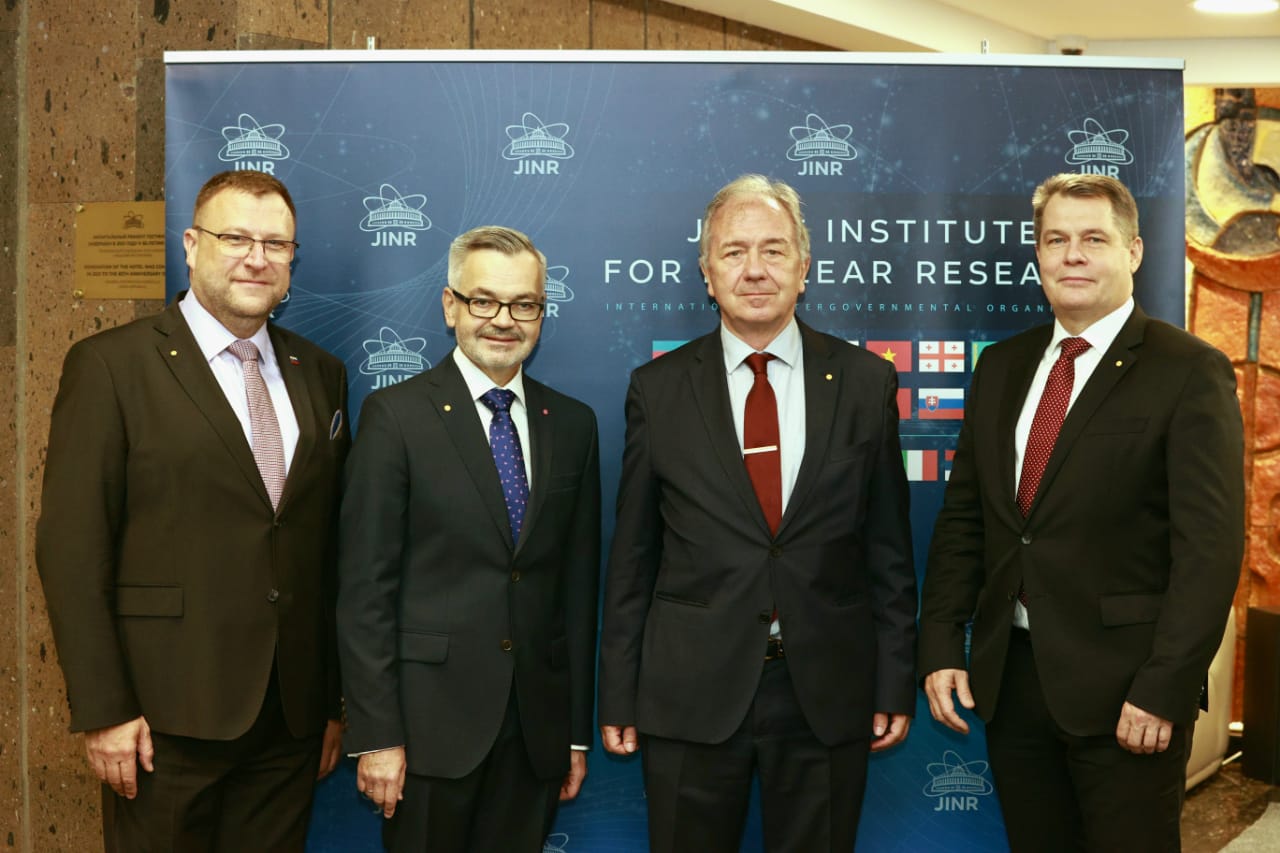 Czech Ambassador in Russia visited JINR
Czech Ambassador in Russia visited JINR INTEREST JINR, Wave 5
INTEREST JINR, Wave 5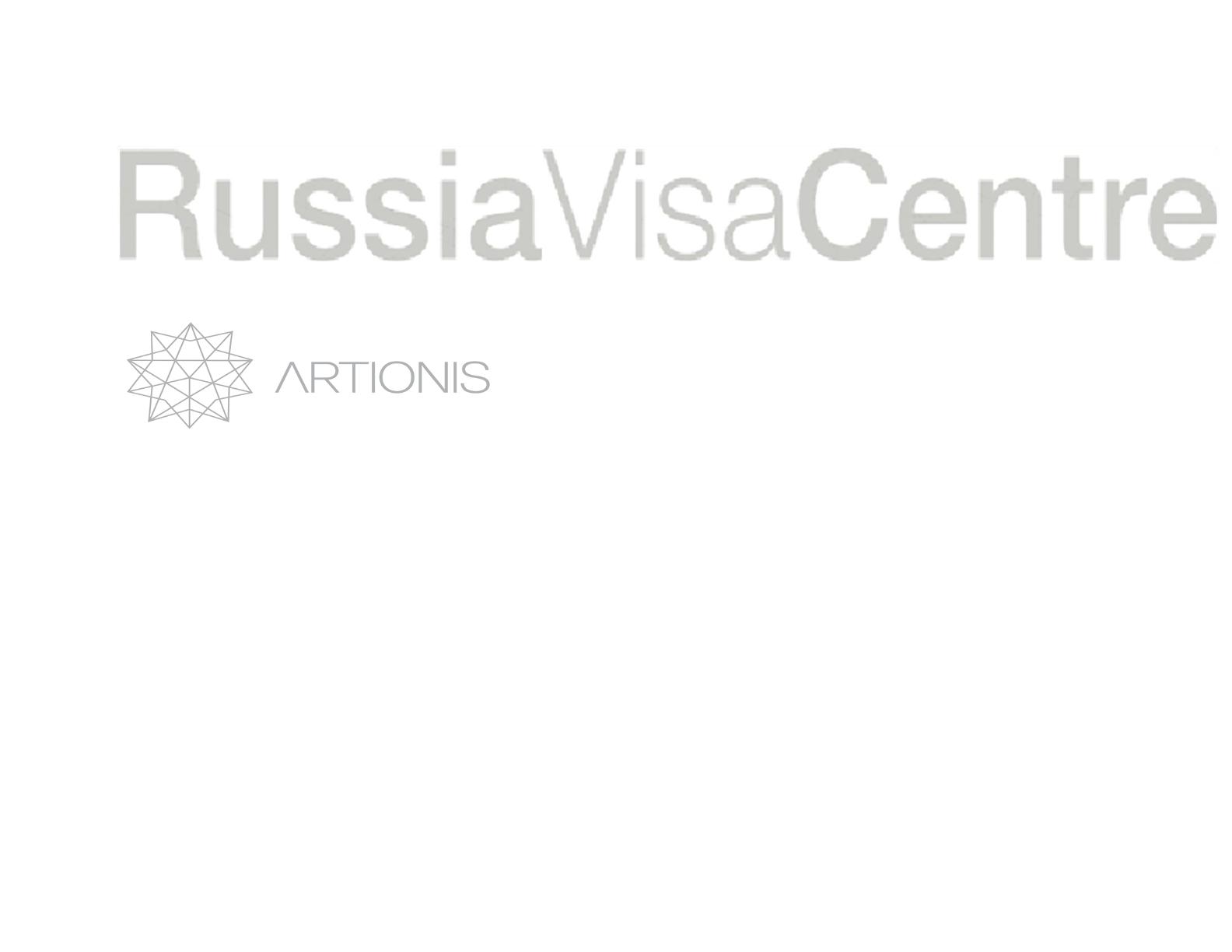 Russia Visa Centre
Russia Visa Centre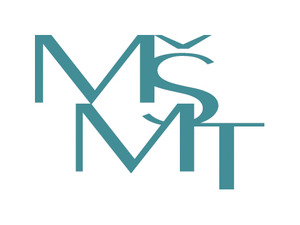 Working Stays CR - JINR 2022
Working Stays CR - JINR 2022